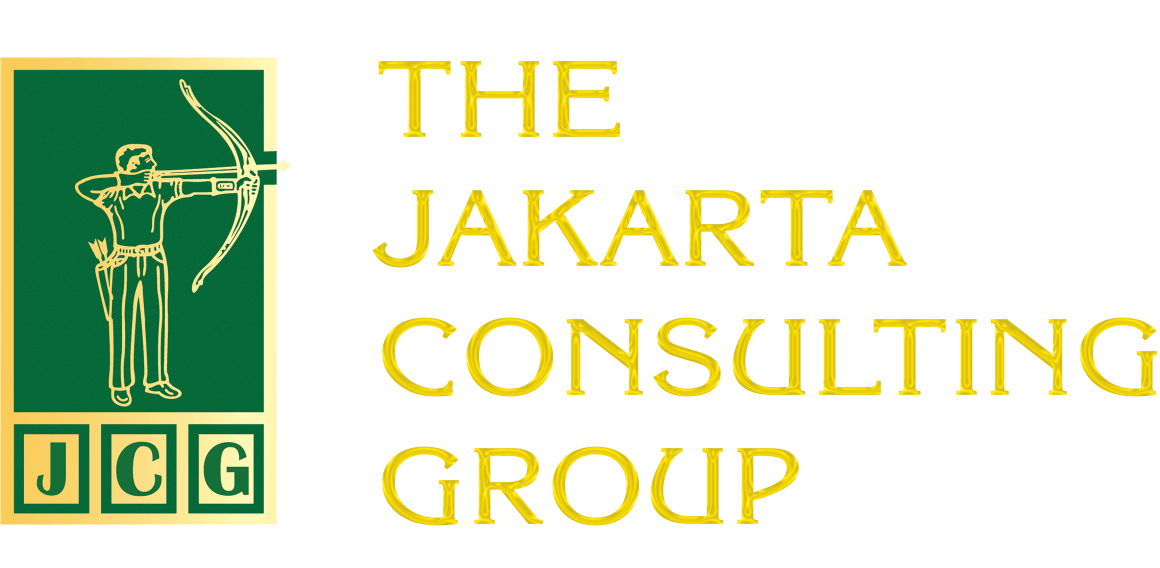Managerial behavior is one of the most important factors in the successful implementation of organizational culture change. A successful leader alone changes the organizational culture is an old myth, because in fact it requires the support of many parties. Thus it is natural that the participatory style is widely recommended because everyone will have a high commitment in implementing this change. In order for this participatory style to grow and develop, there are several prerequisites that must be met.
One of the main prerequisites is leadership that can be accepted and felt well by subordinates, allowing them to adapt to change.
Keep in mind that the essence of leadership is a social relationship that is essentially how a person influences the behavior or actions of others. Influencing can be categorized into six categories: assertiveness, bargaining, coalition, friendliness, higher authority, and reasoning.
There are various strategies that can be chosen to ‘influence’. This strategic choice is influenced by various factors, especially the characteristics of the target audience, the quality of the relationship that bridges it, and the objectives to be achieved. Target audiences are diverse, such as superiors, peers, and subordinates.
If the target to be influenced is the superior, then the superior’s leadership characteristics must be fully understood. It is not unusual for superiors to exhibit more than one leadership style to some degree. Misumi frames the role of the leader with the P (Performance) axis and the M (Maintenance) axis. The P dimension is geared towards goal achievement and problem solving, with its vision and mission. The M dimension, on the other hand, is oriented towards maintaining team integrity and identity. With this frame, superior leadership can be mapped into the PM quadrant where both dimensions have high scores, a combination of Pm and pM, or pm where each dimension has low scores.
Leadership has a direct link to the perception of the organization’s efficacy. In other words, how leaders act will influence the overall perception of how the organization they oversee will develop. Leaders need to keep this in mind, as they themselves may not be aware that their behavior affects their subordinates. For subordinates, leadership is perceived in the form of charisma, inspiration, motivation, intellectual encouragement, or personal awareness. The relationship between subordinates and leaders binds them into a mutually beneficial relationship to achieve higher goals. Based on the experience of the relationship, subordinates identify their leader and determine the role they will take.
The perceived leadership effectiveness of subordinates is related to the quality of their relationship with their leader. Whereas the quality of this relationship will transform values, attitudes, and motives into a congruent building. This congruence can be in the form of subordinates agreeing to the values and goals offered by their leaders, and it can be interpreted as departing from different values and goals but heading towards the same estuary.
Each of these congruencies leads to leader satisfaction. Satisfaction with the leader itself greatly affects the commitment reflected in the level of performance and job satisfaction, which will lead to a sense of belonging and willingness to work beyond what is expected. The level at which leaders are able to mobilize subordinates to view group interests above their personal interests. This level is achieved if it can pass the previous two stages: the initiation stage and the respect and trust transaction. Failure of the initiation stage will put each one as not the group.
Conversely, if perceived leadership remains an issue, a needs analysis involving key leaders should be conducted and an integrated leadership and performance development approach developed. The design and implementation of a series of workshops for key leaders within the company will help communicate the vision of the organization, as well as help leaders to identify gaps. In addition, a competency-based multi-functional model and technical capability profile should be developed along with development modules.
To improve leadership effectiveness the most commonly used method is to identify and focus improvements on the areas where the weakest points are found. However, research from Zenger and Folkman suggests otherwise. This method will indeed result in improvements to those areas but it does not create great leaders. Instead, Zenger and Folkman stated that focusing on developing strengths, rather than improving weakest points, would be more effective. Logically, by identifying and focusing on a leader’s competencies that are already good enough, even a slight improvement will have a more dramatic impact on increasing their leadership effectiveness. So the result is no longer just a good leader, but a great leader.
By building the above system at the same time, a tool will be obtained that can be used to select, develop appraisals and manage performance, and at the same time employee expectations will also become more measurable.
Related Posts:
The Need for Charismatic Leadership in Business Transformation?
How to Quickly Improve Successor Competence Through Effective On-the-Job Training
Effective Leadership Amidst the Storm: Strategies for Surviving in an Era of Global Uncertainty
Trump Tariffs and Crisis Leadership
Post-Truth and Echo Chamber in Leadership Decisions











